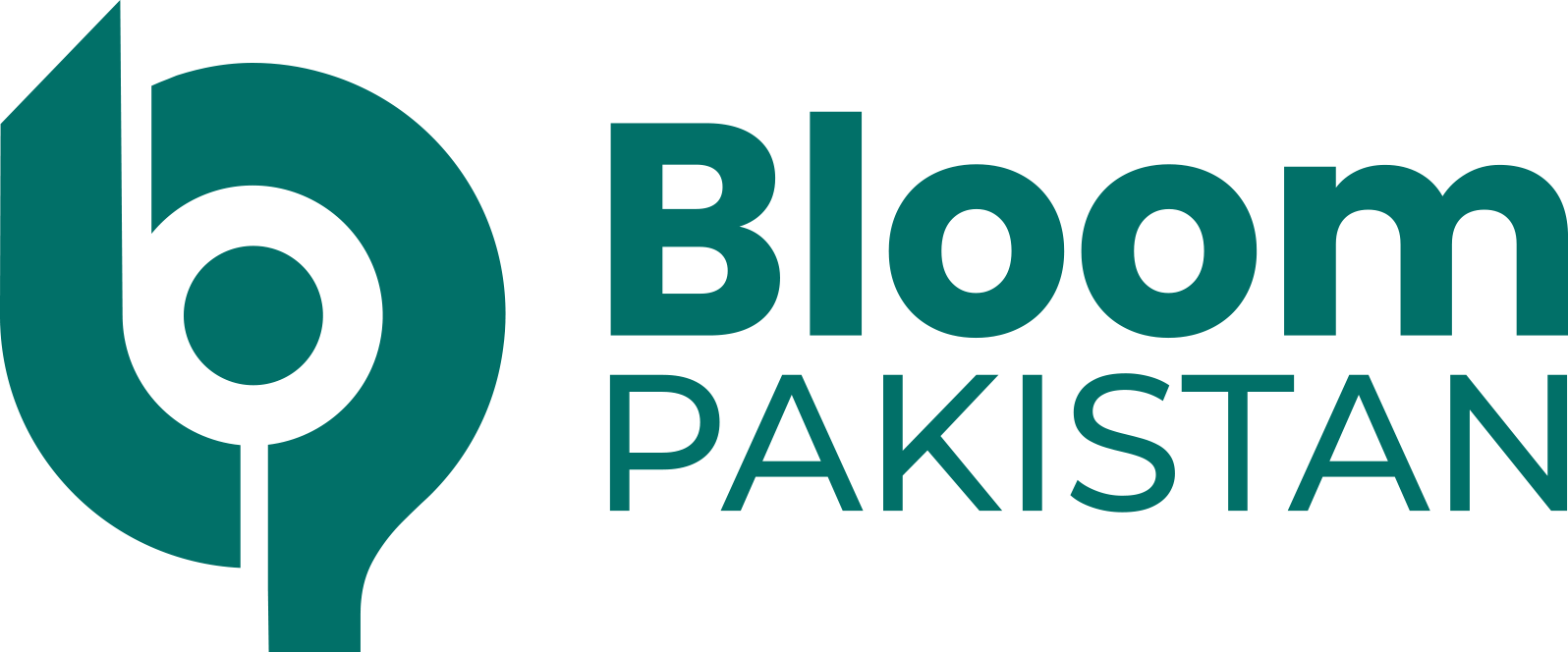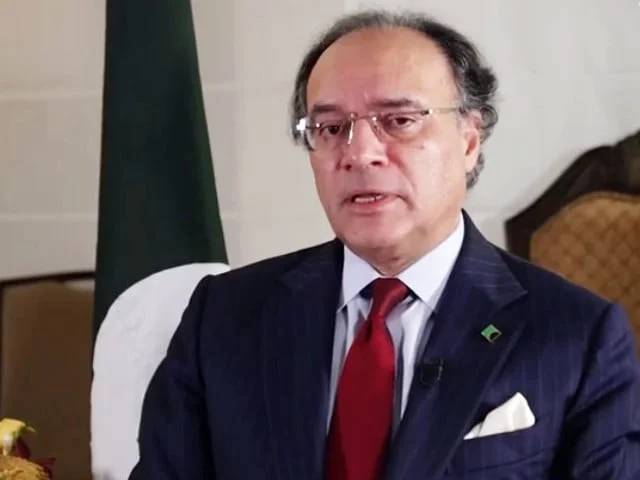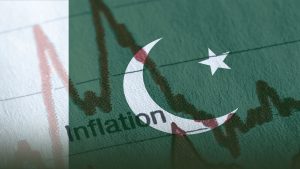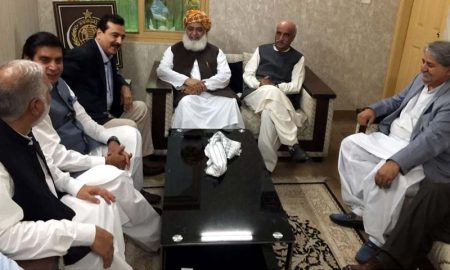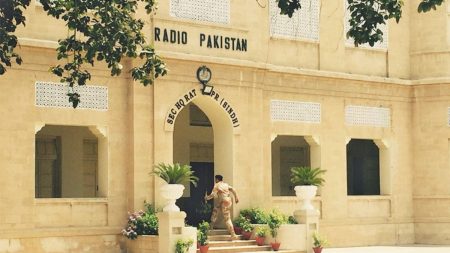Islamabad, March 28, 2025: Pakistan is preparing to reduce electricity tariffs as part of a larger economic relief strategy to support manufacturers and strengthen exports. The decision follows a recent agreement with the International Monetary Fund (IMF), which will unlock $2.3 billion in financial assistance for the country.
Speaking at the Boao Forum in China, Finance Minister Muhammad Aurangzeb confirmed that the government will soon announce lower power tariffs to ease the financial burden on businesses.
This measure aligns with broader efforts to reduce financing costs and taxation pressures, helping industries expand production and compete in global markets.
READ MORE:
BYD Achieves Record RMB 777.1 Billion Revenue in 2024
Energy Reforms to Support Economic Growth
Pakistan’s manufacturing sector has struggled due to soaring electricity costs, which have tripled in recent years, making it difficult for local businesses to remain competitive.
The government aims to address this issue under the leadership of Prime Minister Shehbaz Sharif, who is expected to announce the new energy pricing structure in the coming days.
“Fundamentally, the economic structure must shift towards export-driven growth,” said Aurangzeb. “On the energy front, we are working under the prime minister’s direction to bring electricity tariffs down.”
International Monetary Fund (IMF) Support and Tax Reforms
Pakistan’s economic recovery efforts received a boost on Wednesday, when the International Monetary Fund (IMF) approved $2.3 billion in financial aid through two separate loan programs.
This assistance aims to stabilize the country’s economy, which faced severe challenges, including a dollar shortage crisis in 2022.
To further ease financial pressure on industries, the government is drafting a new budget that will expand the tax base by including real estate, retail, and agriculture sectors.
These changes will help shift the tax burden away from manufacturers, who currently face disproportionately high taxation.
Interest Rates and Future Economic Plans
The State Bank of Pakistan (SBP) has already cut interest rates from 22% to 12% since last year, but recently held the benchmark rate steady.
Aurangzeb expressed optimism that inflation trends will allow for further rate reductions before the end of the year.
Additionally, in the fourth quarter of 2025, Pakistan is set to launch its first Chinese yuan-denominated bond worth $200 million to $250 million to finance climate-related projects.
While China remains a major lender for Pakistan’s infrastructure, Aurangzeb emphasized the need to diversify funding sources beyond traditional markets like the US, Europe, and Islamic sukuks.
“It’s time for Pakistan to tap into the world’s second-largest capital market,” he stated.
A Step towards Economic Stability
With lower electricity costs, tax reforms, and new financing strategies, Pakistan is taking significant steps to reshape its economy.
